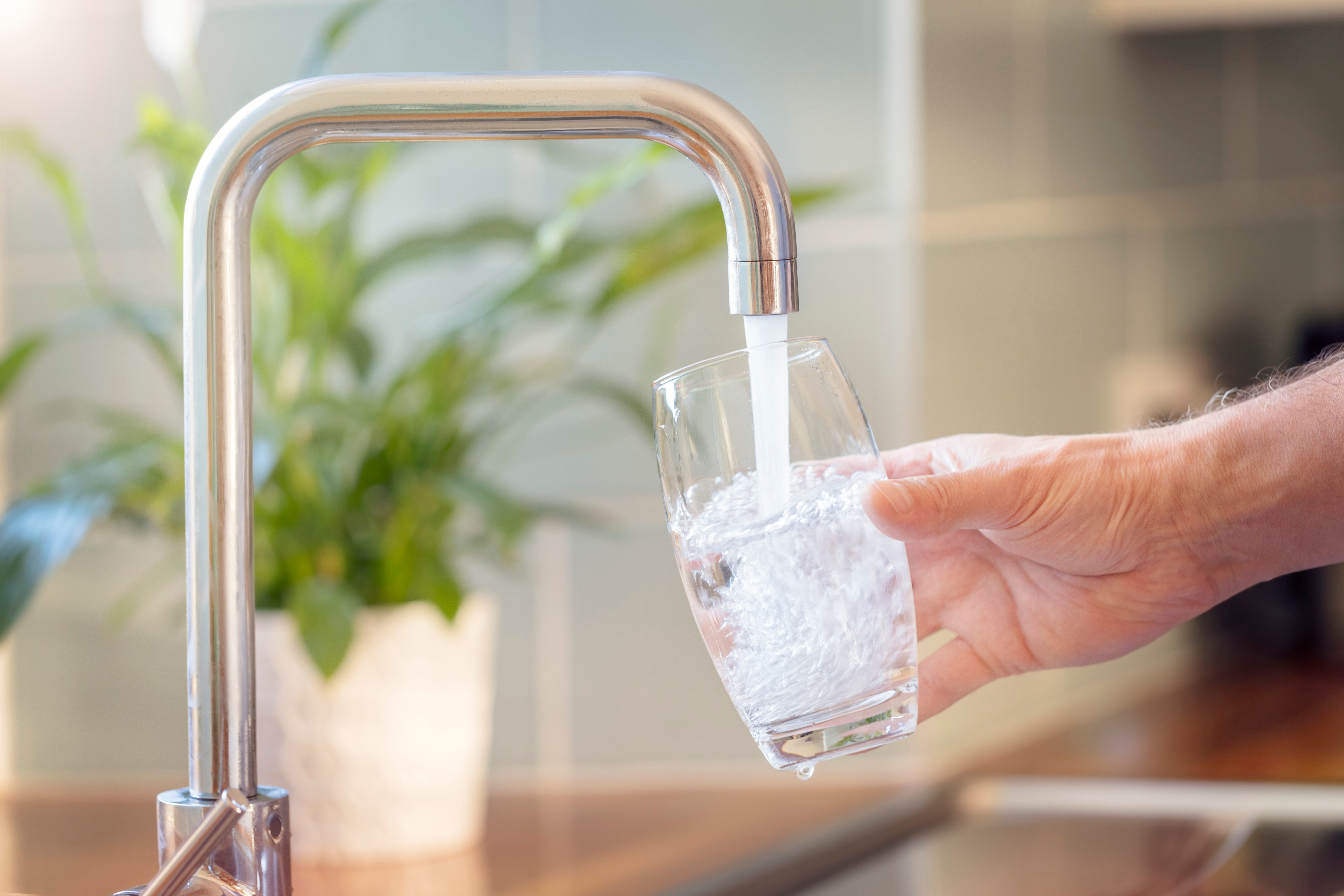
Water. The source of life. A massive benefit to living in modern society is having clean water available at any time. All you have to do is turn on the tap and it comes flowing out crystal clean. But how do we ensure it stays that way, that no dirty water gets mixed back in with the clean? Simple—backflow preventers. But what are they? Here’s a simple analogy.
Ten Straws—One Glass of Water
Imagine for a moment a glass of water and 10 straws. You have to share this glass of water with a group of people. Why is this an issue? To be blunt, backflow, or for this analogy, backwash. When someone sucks on a straw, a certain amount of what they’re drinking flows back into the glass, along with debris. That’s not very appetizing, is it? But what if your straw had a small valve on it that only allowed water to flow one way, and not back into the glass? Well, that’s what a Backflow Preventer does, just on a much larger scale. It prevents contaminated water in sprinkler and standpipe systems from backflowing into potable, or drinking, water.
Let’s Think About That
No one wants to share one glass of water with ten people. So why would anyone want to share their drinking water with contaminated water from sprinkler and standpipe systems? The answer is they wouldn’t. That’s why Backflow Preventers are installed wherever sprinklers, standpipes, or wherever anything else poses the potential for mixing with your potable water. Building codes require that the plumbing furnishing your potable water be protected against backflow of dirty water. By installing backflow preventers, the water we drink is protected from the pollution and contaminants that can either be pushed or siphoned back into it from these other water systems.
What Causes Backflow?
There are typically two types of backflow conditions that can allow contaminants into potable water—Backpressure and Backsiphonage. Backpressure is caused by an increase of pressure in the downstream piping, creating a reversal in the normal direction of water flow. Backsiphonage is the reversal of normal flow in plumbing that results from negative pressure (vacuum or partial vacuum) in the supply piping. And there needs to be three things in order to create a backflow incident—a connection, force, and contaminants.
Testing and Maintaining Backflow Preventers
Having a Backflow Preventer and forgetting about it isn’t enough to keep your water clean forever. They require annual testing and occasional maintenance to ensure they’re operating correctly to keep your water clean. They also need to be inspected internally every five years, per NFPA 25, to verify that all components operate correctly, move freely, and are in good condition. Although some parts are routinely replaced at that time, problematic components can also be identified and replaced with new ones.
Backflow preventers play a major role in ensuring that all of us have safe, clean drinking water. They play a critical role in safety and need to be kept in good working order to maintain the quality of your drinking water. So the next time you turn on a tap and see clean, clear water—remember the important role this safety device plays in keeping it that way!
Check out this helpful video we produced that demonstrates what we talked about above.





